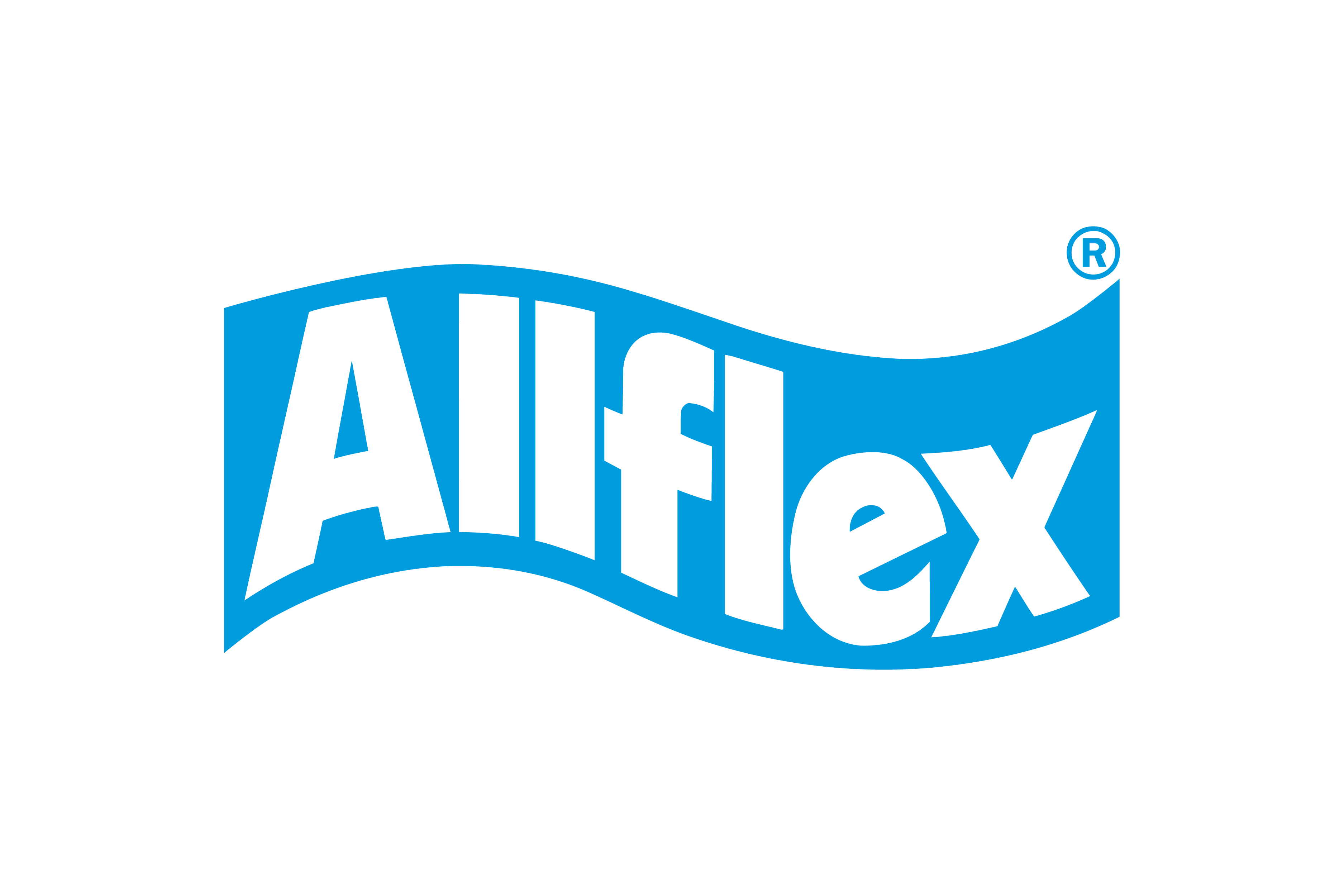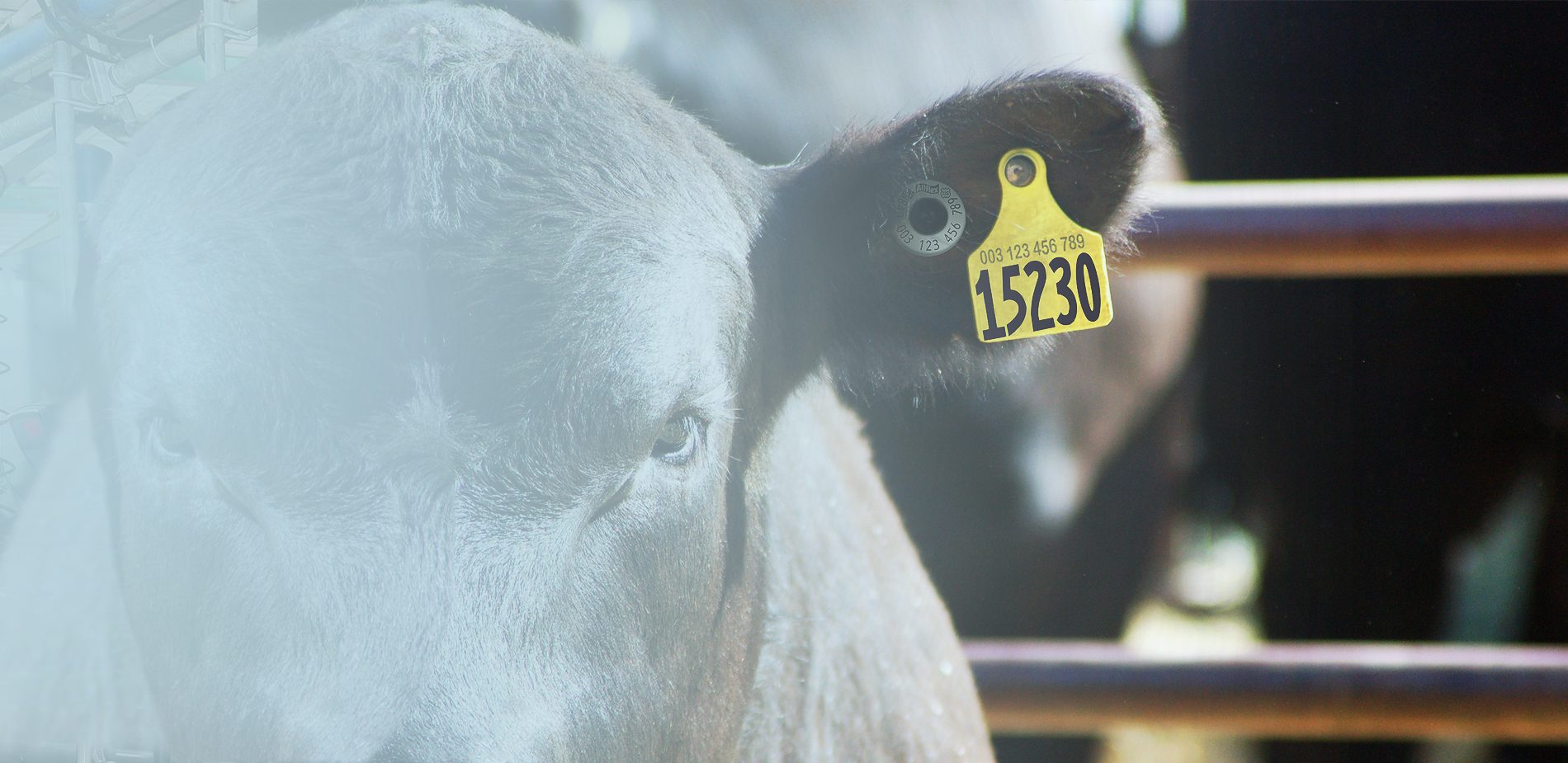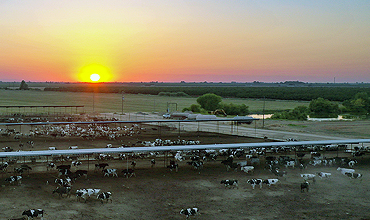Food safety and biosecurity and consumer trends and commercial considerations as key drivers in food traceability
Livestock identification is often a requirement imposed on farmers by regulatory bodies to enable animal and food traceability, but it also opens many opportunities to farmers. It offers significant benefits for farm management and can deliver high economic value driven by consumers’ growing interest in where their food comes from.
Over the past 2 decades or so, food traceability has become a focus for everyone involved in the food supply chain, from farmers to manufacturers and retailers, and all the way to consumers. The key drivers: (1) food safety and biosecurity; and (2) consumer trends and commercial considerations.
In its most primitive form, livestock identification was instituted as a way to prove ownership – starting with hot or cold branding and evolving to basic visual tags. In recent decades, the advent of more sophisticated visual tags and electronic tags and readers and the establishment of local, regional and then national registries, enabled the tracking of animal movement. For this reason, in many countries, livestock identification has long been a government requirement.
In the USA, EU and other major agricultural producing countries and regions, government legislation formalizes the requirements for traceability of all foods. For example, the EU defines food traceability as “the ability to track any food, feed, food-producing animal or substance that will be used for consumption, through all stages of production, processing and distribution” with the goal of identifying risks and protecting public health.
For animal protein products (predominantly beef, pork, poultry, seafood, and dairy products), there is an abundance of food traceability programs around the world that take varying approaches and utilize a wide array of technologies. Regardless of the program, having a unique identifier that is associated with an animal from birth and cannot fall off or be easily removed is fundamental for them all.
Traceability for food biosecurity
Increasingly, livestock identification is seen as vital for food biosecurity. We’ve seen huge uptakes in livestock identification requirements following disease crises, such as the BSE (Mad Cow Disease) epidemic in the 1980s and 1990s and the foot and mouth disease outbreak in the UK in the early 2000s. In both cases, the rudimentary information available on animal movement resulted in wide swath culling. While instrumental in containing the disease and protecting consumers, the culling programs had severe effects on farmers’ businesses, national economies and food supply far beyond the geographic borders of the outbreak.
More recently, in just the past year or so, African swine fever outbreaks in China have had a devastating impact on farmers there. Losses from the disease and the massive culling campaigns instituted to contain it have cut the country’s pig herd in half, reducing pork production by about 25%. The resulting pork supply shortages have pushed prices up; and that, together with concerns about pork safety and quality, is driving more Chinese consumers to choose other protein sources, such as beef and chicken.
With basic livestock identification, whether visual or electronic (EID), it is possible to have a general idea of an animal’s movements over its lifetime. But combining identification with tissue sampling, diagnostic services, geolocalization, and DNA profiling enables full traceability. And, once you have full traceability, then disease outbreaks can be contained faster, easier and with far less culling.
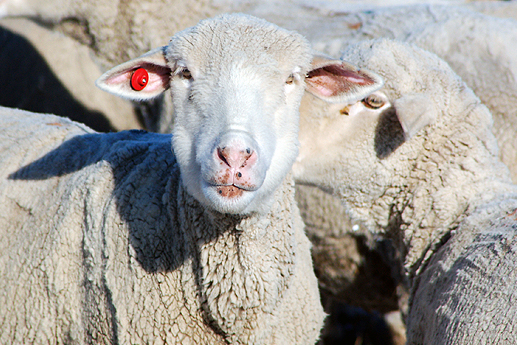
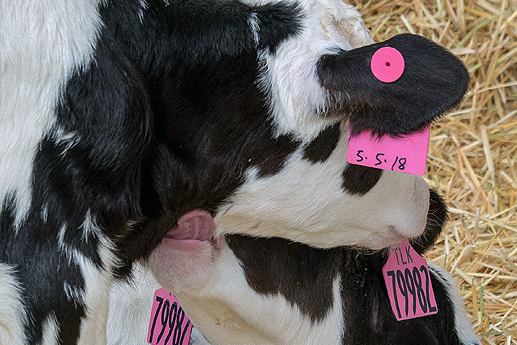
Market drivers for traceability
While protecting consumers from foodborne illnesses and diseases is the undisputable imperative for food traceability (and therefore for livestock identification), consumer trends are also key drivers. And with that comes some great opportunities for farmers.
Around the word, more and more consumers want to know where their food comes from. In supermarkets and restaurants, food traceability is not just about health and food safety concerns but also about a growing awareness of animal welfare issues. Restaurants and supermarkets want to be able to tell a story about their food’s origins, both to satisfy consumers’ animal welfare concerns and to market premium products. Angus and Wagyu beef are among the better-known examples of this.
In the U.S. there are a number of marketing schemes that hinge on electronic livestock identification. Farmers register their cattle as grass-fed or organic, a particular breed, or in any other of a number of categories. When the animal reaches the slaughterhouse, an electronic reader reads the EID tag and pings back to the database to check which scheme that animal is enrolled in. It’s a way of confirming that an animal is what the farmer says it is, to avoid mistakes and provide a degree of third-party verification.
The combination of livestock identification and DNA data, gathered through tissue sampling of live animals or of meat, enables more complete consumer marketing around the themes of “farm to fork” and “grass to glass”.
Using DNA data, Marks and Spencer (M&S), in the UK is actively marketing food traceability, particularly in relation to its beef products. Some retailers, such as Migros, in Switzerland, are taking a wide approach, with traceability programs for animal protein products, fruits and vegetables.
As consumers increasingly demand and become accustomed to transparency in the food supply chain, it seems it’s only a matter of time before “where did it come from?” is almost as common a question as “what’s on the menu?”.
The basic requirement: livestock identification
Whether it’s for food safety or for premium product marketing, livestock identification is vital to all traceability schemes.
As a global leader in livestock identification, we enable farmers all over the world to leverage their livestock identification tags for far more than just compliance with regulatory requirements. Allflex EID tags are the centerpiece for efficient farm management, working with sorting gates, milking systems, herd management software, and more. And, increasingly, they are the fundamental building block for traceability programs that increase livestock value, like the programs mentioned earlier in this article.
